225 posts
Latest Posts by rocks-everywhere - Page 4

The River Swale near Keld, Yorkshire Dales, England by Bob Radlinski



An incredible piece of petrified wood I found a little while ago. Where, you ask? In the decorative gravel outside a pizza place near me. Yes, really.
Seriously, take a look through some of those bits of landscaping next time you're around one. I have found large, nearly whole brachiopods, petrified wood, agates....stuff I never thought I'd just find. And gravel for those is typically sourced from local gravel pits, more or less, so it will be stuff that's from wherever you are, just concentrated :)




hobopeeba
Hutt Lagoon is a pink lake on the West Coast near the town of Gregory. This very small town is located on a narrow spit between the ocean and the pink lagoon.
Hutt Lagoon is a pink lake, a salt lake with a red or pink hue due to the presence of the carotenoid-producing algae Dunaliella salina, a source of ß-carotene, a food-colouring agent and source of vitamin A.
I dreamed about the pink lake for a long time, and it turned out to be better than my dreams. Pools with a different shade of red, pink, and sometimes yellow and blue. Pink salt on the shore, which glitters like snow - it all looks like abstractionist paintings in reality. Nature and man in this case did the magic.
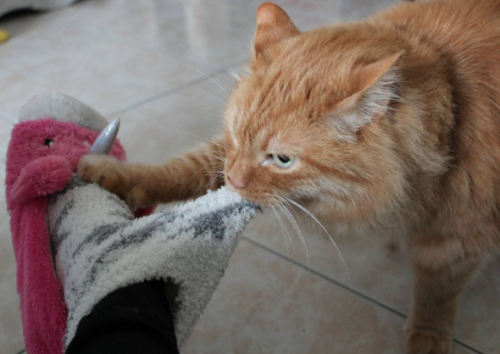
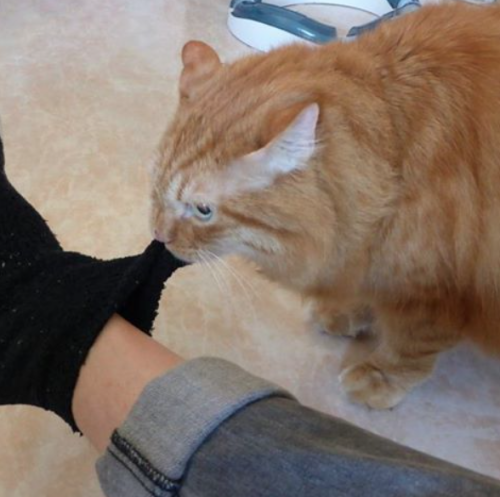

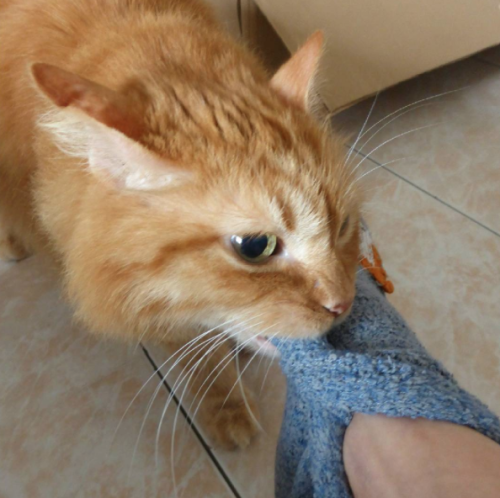



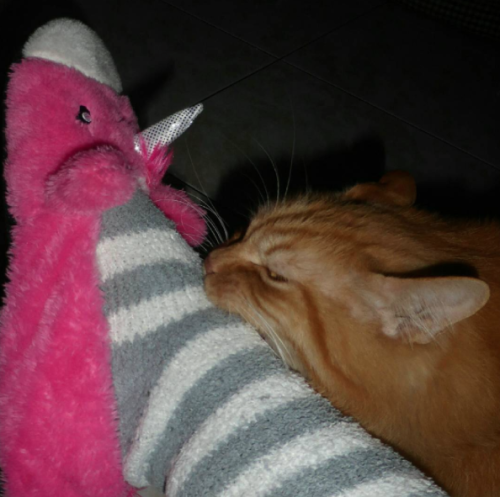
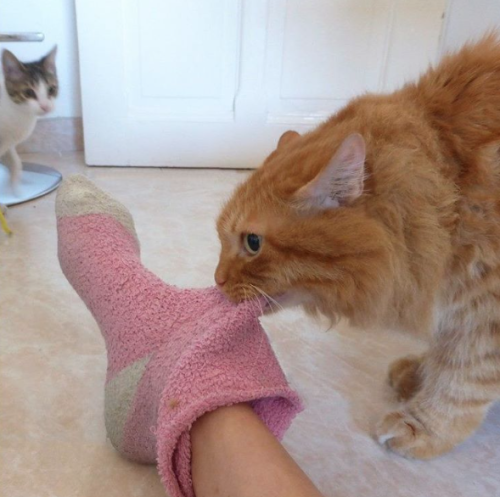
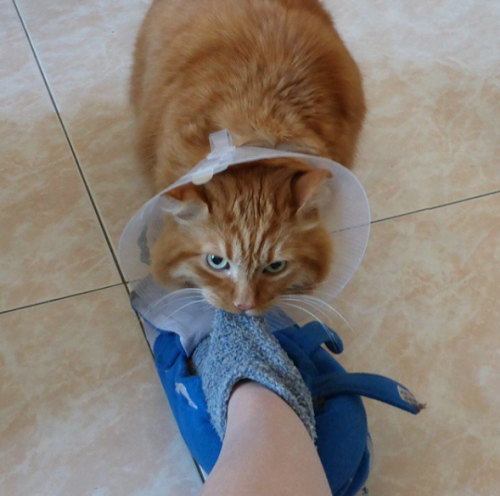

Watling’s Blue Hole
This tiny lake is a feature on the Bahamanian island of San Salvador.
Watling’s blue hole is a karst feature, produced by the erosion of limestone. Limestone is made of calcium carbonate, a mineral that can dissolve in water, particularly in acidic water. Most rainwater is lightly acidic as it picks up CO2 from the atmospere to make carbonic acid; sulfur in the atmosphere can also create stronger acids and acid rain. When it rains on limestone, that little bit of acidity cause the limestone to dissolve, opening a hole or a gap or a low spot in the limestone where more water begins to pool and flow. As the water pools, it concentrates the acidity and dissolves the limestone more rapidly at that spot. The more water that flows into a spot, the more limestone it dissolves - opening up holes in the ground and widening cracks into caves.
Watling’s blue hole has an interesting water chemistry. On small islands, there is interplay between rainwater and seawater – fresh rainwater falls on islands and pushes the denser seawater out of the way, but also leaves mixed, brackish water in-between. Despite sitting on a rainy tropical island like that, Watling’s blue hole has no fresh water anywhere, not even a tiny lens on top, so this hole must link all the way to the ocean to let salt water flow in constantly to dominate the system.
This hole likely formed when sea levels were lower during the last ice age. It would have sat as an open cave at that time, with water draining into it and flowing out to the ocean. Rising sea levels then brought ocean water into that cave, flooding it and creating this blue hole.
-JBB
Image credit: James St. John https://flic.kr/p/q9spdK
Read more: https://www.bgs.ac.uk/mendips/caveskarst/caveform.htm
Amazing aerial tour around Shiprock - a solidified volcanic plug surrounded by dikes of solidified magma, New Mexico/Navajo Nation.
henry_do
The beauty of our world lies in the details.


he knows a whole lot about anatomy now open for hq
rodrigo.paleontologist
Did you know many regular sidewalks can have body or trace fossils on them? Here I show you a sidewalk in southern Brazil (Dois Irmãos-RS) with marine invertebrate displacement trace fossils. These rocks are from the Late Carboniferous Rio do Sul Formation (Paraná Basin). Your strolls in town will never be the same now!










Took a walk around the strange and remote ice age features of Brimham Rocks in Yorkshire today. It’s a surreal landscape and it must have been just as strange to our prehistoric ancestors.
Brimham Rocks Photoset 1, Yorkshire, 27.5.19.
Unearthing Ireland’s deepest fairy secrets and darkest myths

A fairy fort, with corn stooks of four sheaves each, in Loughinisland, Co Down, in 1962. Photograph: Michael J Murphy/duchas.ie
“A worldwide crowdsourcing movement is currently unearthing Ireland’s deepest fairy secrets and darkest myths. A voluntary collective online is working its way through transcribing 700,000 pages of folklore that were collected throughout Ireland between 1937 and 1939. This mass of previously inaccessible material was gathered by more than 100,000 children who were sent to seek out the oldest person in their community just before second World War to root out the darkest, oddest and weirdest traditional beliefs, secrets and customs, which were then logged into 1,128 volumes, titled the Schools’ Manuscripts Collection.
Half a million pages have been digitised by the National Folklore Collection, of which more than 100,000 pages have now been transcribed by volunteers, revealing the fairy situation in every townland, the types of leprechaun and butter churn common to each area, the names of people who tried to steal gold and what happened to them, or who had relationships with mermaids. There is material on local cures, holy wells, strange animals, travelling folk and spirits.”
The Irish Times
OMG. THIS IS AMAZING.

Rime-rimmed rocks
Looking a bit like white moss, these cairn stones on Mountbenger Law in Scotland (at an elevation of 543 m) are covered in a special type of ice known as rime.
Keep reading
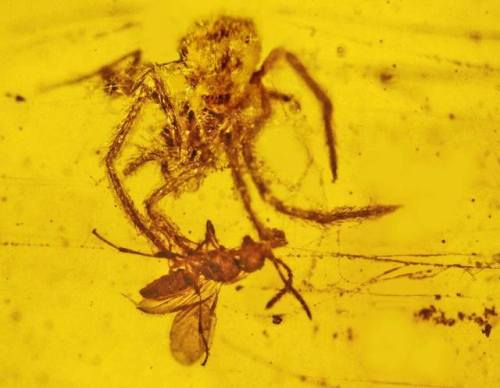
A predatory moment, frozen in geological time
You’re a hungry spider who is rushing towards a wasp that has become entangled in your web when all of a sudden everything goes sticky, you can’t move, frozen in place like the proverbial Tantalus with your food in sight but forever beyond your reach. Very soon after you are engulfed in another wash of sticky sap oozing out of a tree and everything goes dark. The spider may ironically have also been courting a painful death, since these wasps are parasitic and known to lay their eggs in spiders and other insects, with the larvae slowly consuming the insect from the inside out, preserving it alive by leaving the vital organs for last. Such a moment was caught by a unique fossil pictured below, that turned up in a hundred million year old piece of amber from what is now the Hukawng valley in Burma.
Keep reading
palaeoart
Finally got my new air compressor hooked up and we’re back in business on the fossil prep front. First up in the queue was the removal of the excess matrix and cleaning up on this Peronoceras subarmatum which I found on the Jurassic Yorkshire Coast a few months ago. I’ve been out of action on fossil prep for nearly 4 months so it’s nice to be back up and running


What did South Eastern Australia look like 130 million years ago? This watercolour landscape is part of my on going work recontructing fossils discovered last summer in Boola Boola Forest, Gippsland Victoria. They date back to the Early Cretaceous period - the golden age of the dinosaurs.
.
On our dig we found fossils of every species shown in this illustration. The plants in the foreground and fossil shown here is Otozamites douglasii, a member of the cycad-like Bennettitales which are completely extinct now. However the rest of the scene depicts plants that have similar modern decendants: Cladophlebis ferns down low, a forest of conifers including Bellarinea richardsii (Podocarp family), and very tall Brachphyllum tyersensis (Belonging to either the Araucaria or Cypress family).

Autumn’s Majesty
Abundant fall colors on the road to Ophir in the San Juan Mountains near Telluride, Colorado.



i found a book about cats from 1873 and i’m absolutely losing my mind
pls witness him

.

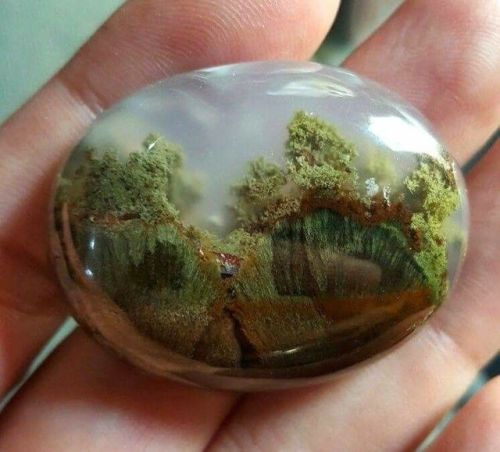
Moss Agate looks like it has a forest inside. (Source)
A mural seen through blue and red foil. The artist is Insane51
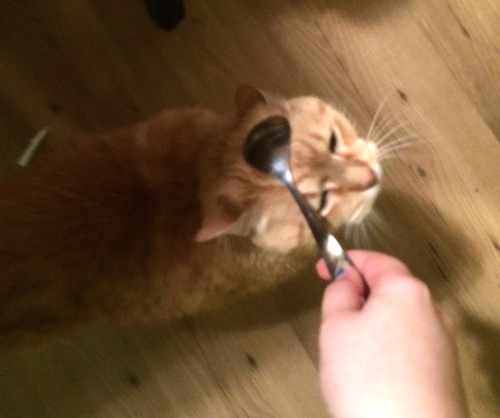
every morning when i go in the kitchen she yells at me nonstop so i have to put the spoon on her head

Yuanyang Rice Terraces
This aerial view of the mountains of Yuanyang Couny of the Yunnan province in south China presents a spectacular visual of the rice terraces that cover the landscape. Due to the scarcity of level ground, only about 5% of the land is used for agriculture. However, the Hani people, the predominant ethnic group of the region, have adapted very well.
Keep reading
As cat owners we like to joke about how the cat is the one who’s really in charge, but let’s be honest here: my cats think they’re in charge, but they’re also fucking dumbasses. It’s sort of an incompetent-king-and-long-suffering-advisor arrangement, if the king were prone to getting their head stuck in Kleenex boxes.






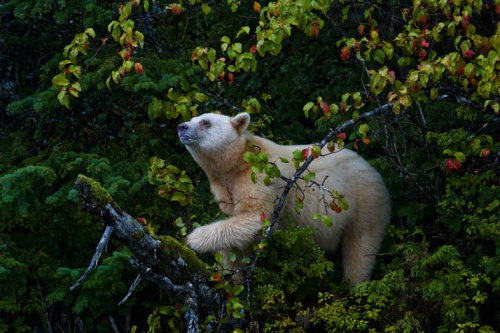
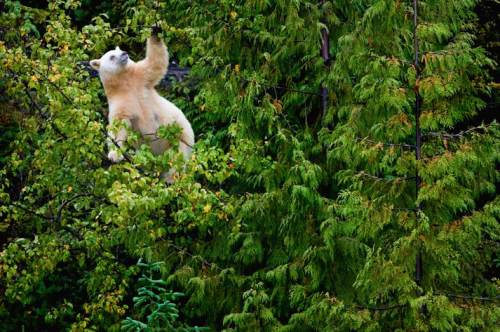


the great bear rainforest in british columbia is one of the largest coastal temperate rain forests in the world, with twenty five thousand square miles of mist shrouded fjords and densely forested islands that are home to white furred black bears.
neither albino nor polar bear, these rare black bears (there are fewer than five hundred) are known as kermode bears, or what the gitga’at first nation call mooksgm’ol, the spirit bear — a word they did not speak to european fur traders lest the bears be discovered and hunted. to this day, it remains taboo to hunt a spirit bear, or to mention them to outsiders.
the white fur in these bears is triggered by a recessive mutation of the same gene associated with red hair and fair skin in humans. though it remains unclear as to how the trait arose (or disappeared), it is especially pronounced on certain islands.
photos by (click pic) paul nicklen x, fabrice simon, denis binda, kyle breckenridge, and paul burwell
